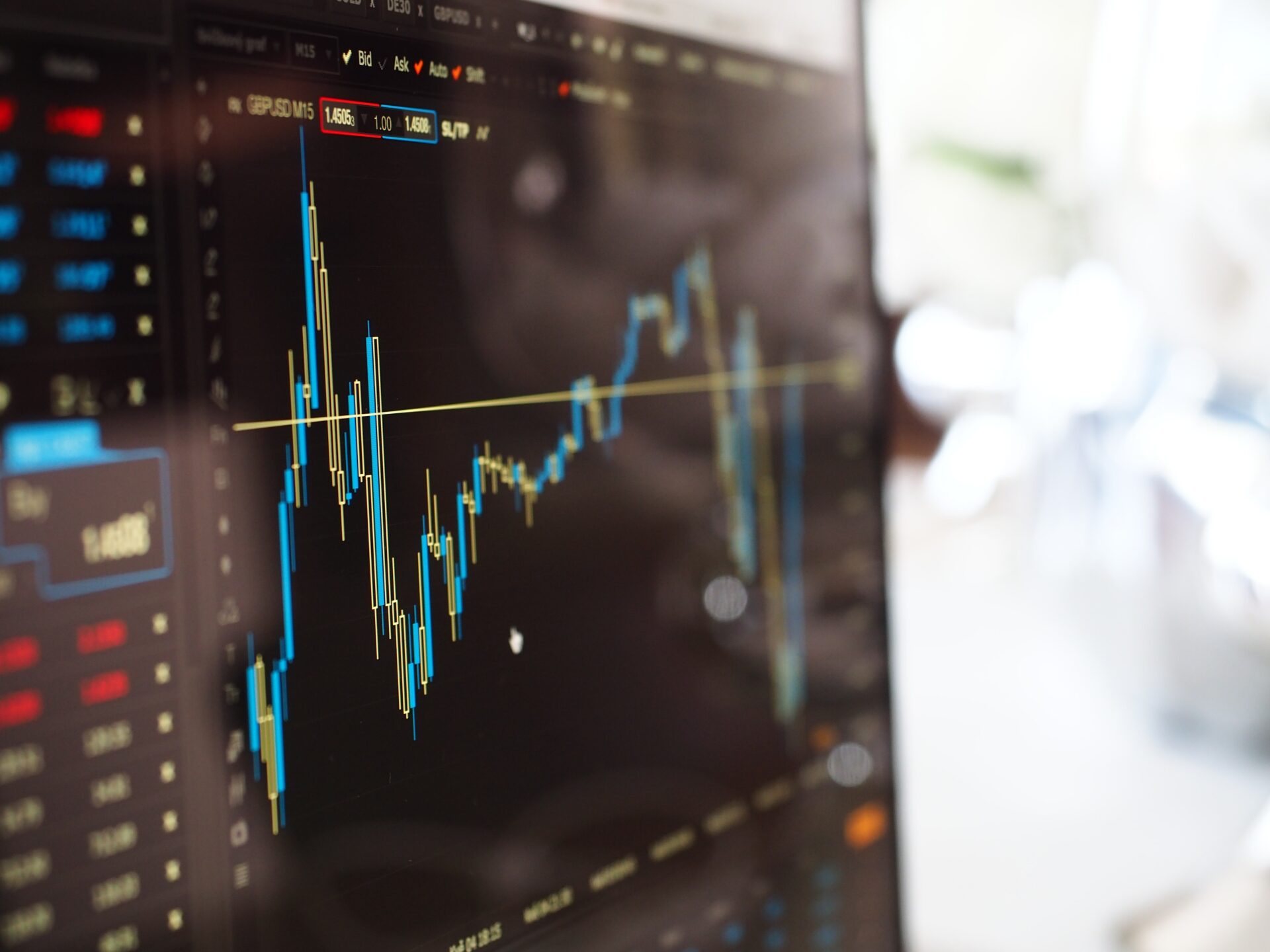
If the market crash is inevitable – what can you do?
There are several ways how you can prepare yourself for the coming market crash. Your first step is to become informed. While you do this by reading the articles I provide in this blog (as well as this website), you also need to take notes while visiting investment books, newspaper editorials, and financial magazines. I strongly suggest that you also become conversant with the jargon that the investment world uses to describe what you and other investors are investing in, because some of it is very arcane. You would do well to attend your weekly investment meetings at least once a month, and if they don’t exist, then create a list of the top three investment newsletters that you want to read (but make sure that you don’t invest or own the stock of the publication). One of the most widely used investment terms in Wall Street is “value at risk,” and everyone in the investment world should know it when they hear it, especially on CNBC. This is explained below. Value at risk is an investing term that you probably knew. What you might have not known is why it’s commonly used, and what it means for you personally. I provide more details below. And while my explanation of valuation, risk and return is very technical in nature, you should read it very quickly and make notes on what it means to you and the investment opportunities it promises.
What Is “Value at Risk?”
Value at Risk (VaR) refers to the probability of the financial market crashing in the future. This probability will depend on the market and its volatility. If the stock’s value is rising, then that is usually (depending on the stock) very good. If it is falling, however, then that is likely to make you vulnerable to loss. Value at risk is useful because it can help you measure the risk and return of many different investment strategies – and therefore predict whether the investment will return a positive or negative return.
It used to be difficult to calculate “VaR” because the market often doesn’t always behave as one would expect. In particular, markets regularly crash and have done so for many years. You can observe this in the market today versus the market of 2008: there’s been a significant increase in volatility since 2008 – in some cases (such as the market of 2012) it’s been 100-fold higher; and in many cases, there’s been no meaningful correction so far out. This, in turn, has made it more difficult to calculate the risk of an investment based on its performance. Fortunately, though, things have really improved since 2008. Two of the most important things are the fact that there’s been a much better understanding of market psychology, particularly after the great crash of 2008, and that investors are much more sophisticated in their methods for measuring risk (“VaR”)